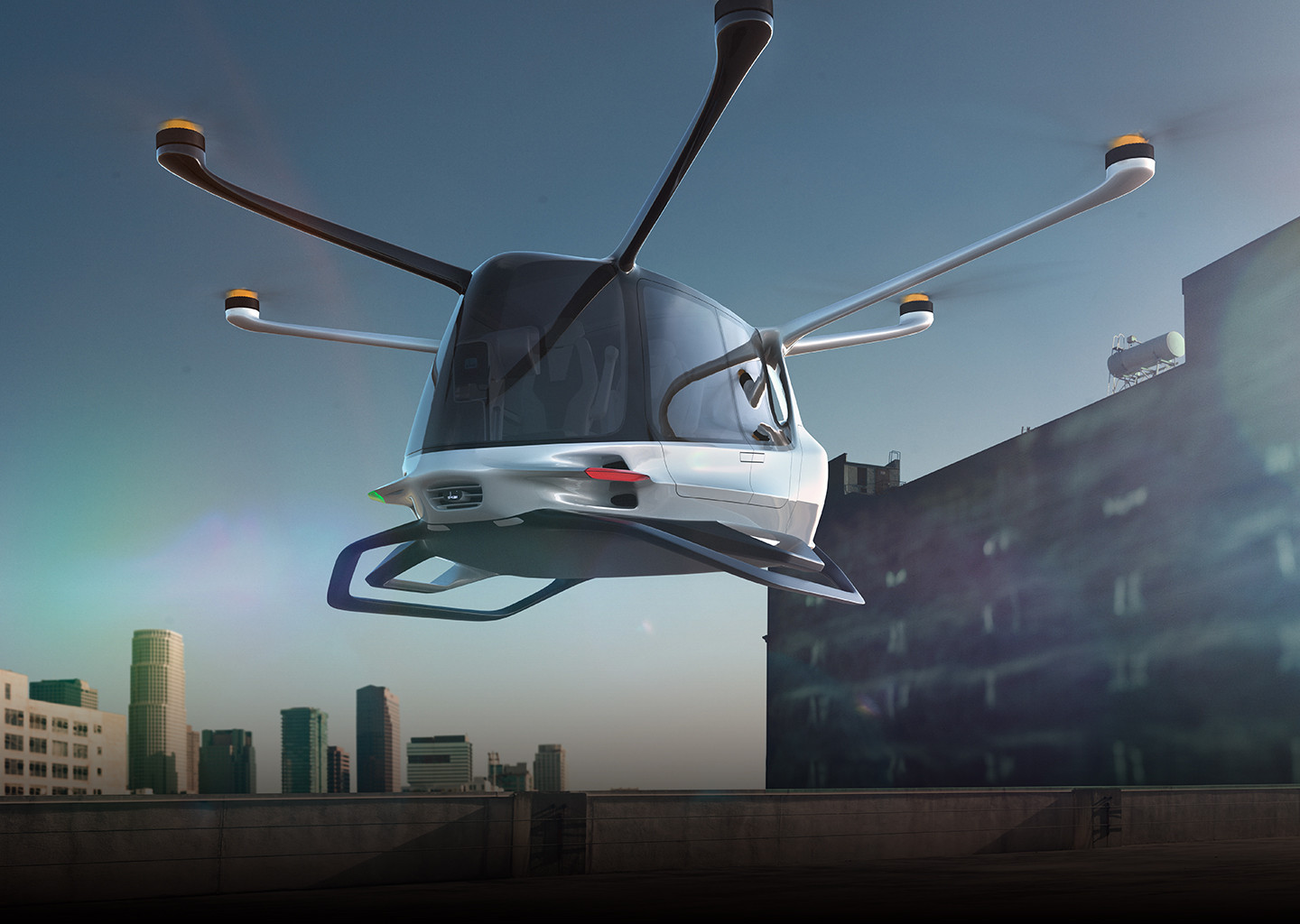beijingwalker
ELITE MEMBER

- Joined
- Nov 4, 2011
- Messages
- 65,191
- Reaction score
- -55
- Country
- Location
China’s COMAC Wants To Build An Electric Passenger Aircraft
July. 23 2023COMAC collaborates with major battery manufacturer for the development of a new type of electric aircraft.

Photo: Jordan Tan / Shutterstock
SUMMARY
- Commercial Aircraft Corporation of China (COMAC), Contemporary Amperex Technology Co., Ltd. (CATL), and Shanghai Jiaotong University have formed a joint venture called COMAC CATL Aviation Co., Ltd. to develop fixed-wing electric aircraft.
- The new joint venture will focus on pre-research for an electric aircraft, but it is still in the early stages and a long way from production.
- The establishment of this joint venture suggests a potential application scenario for CATL's solid-state batteries, which have a single-cell energy density of up to 500Wh/kg. However, mass production of these batteries has not yet started.
The legal representative of COMAC CATL Aviation Co., Ltd. is Qian Zhongyan. He currently serves as the Chief of the COMAC Beijing Civil Aircraft Technology Research Center and was formerly the Deputy Chief Designer of the COMAC C919.
COMAC plays a vital role in achieving the industrialization of China's civil aviation sector. Currently, COMAC has completed the production and delivery of two China-manufactured aircraft, the ARJ21 regional jet, and the C919 passenger aircraft.
On the other hand, CATL is a global leader in the field of power batteries, holding a significant market share in China's power battery installation, which has surpassed 50%.
Long way ahead of battery application on civil aircraft
The establishment of the new joint venture company is aimed at a pre-research project for an electric aircraft to develop a fixed-wing electric aircraft. However, this project is still in the initial pre-research stage at the COMAC Beijing Research Center and is a long way from production.In April of this year, CATL released a new generation of batteries called "solid-state batteries." The company also announced that it is involved in the cooperative development of civilian electric aircraft projects. Tesla CEO Elon Musk has previously stated that electric passenger planes would be feasible if the energy density of batteries surpasses 450Wh/kg, providing more power with lighter batteries.
However, currently, available production batteries do not meet the high demands of electric aircraft. CATL's latest third-generation CTP technology Kirin battery has an energy density of 255Wh/kg, enabling an easy 1000 km range for electric vehicles. However, it still falls short of the high specific energy requirements for electric aircraft.
As the latest result of CATL's material and material system innovation, the solid-state battery has a single-cell energy density of up to 500Wh/kg. Still, it has not yet entered mass production. Establishing the joint venture with COMAC could potentially indicate a direct application scenario for CATL's solid-state batteries.
Reducing carbon emissions and achieving carbon neutrality are major focuses for the future development of the global civil aviation industry, leading aircraft manufacturers to explore alternative power sources to replace traditional fuels.
Even before this, COMAC had already begun researching new energy aircraft. In 2019, the company successfully conducted test flights of its new energy demonstrator "Featherling H," which utilizes a hybrid power system primarily based on hydrogen fuel and electricity
Airbus CEO Guillaume Faury has revealed that Airbus is investing heavily in the electric vertical take-off and landing (eVTOL) aircraft project. "We believe that this type of aircraft will have a very strong market demand at the right time and will also be an excellent platform for us to develop decarbonization technologies further. Once we achieve breakthroughs in these technologies, we can promote them in other products such as commercial aircraft and helicopters."

China’s COMAC Wants To Build An Electric Passenger Aircraft
COMAC collaborates with major battery manufacturer for the development of a new type of electric aircraft.







